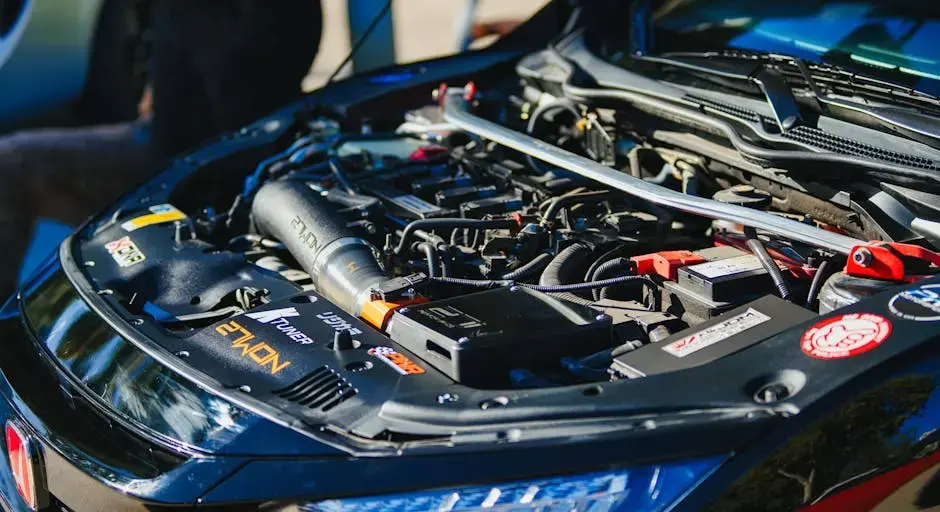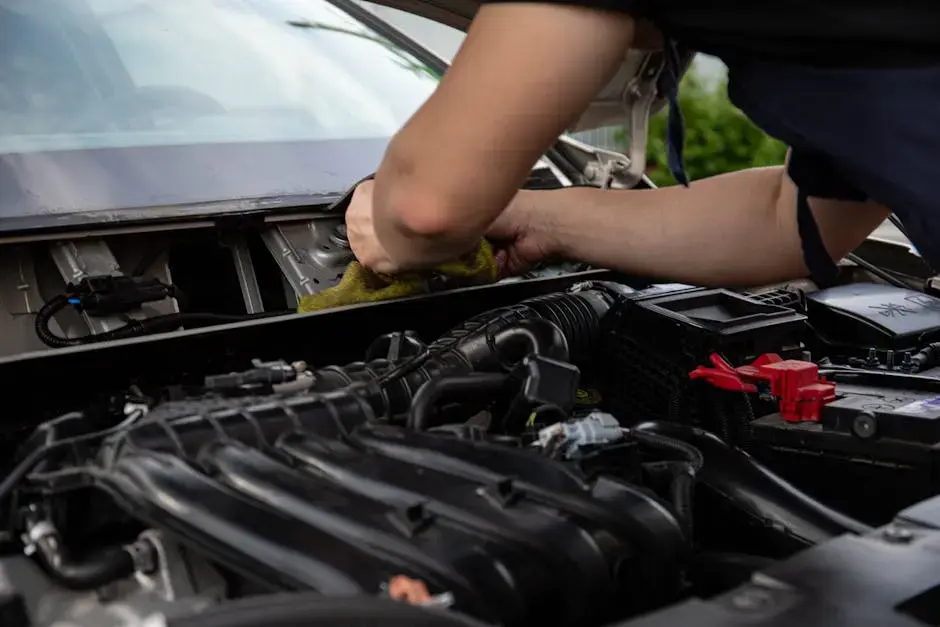Understanding Head Gasket Repair: Common Issues and Solutions
- keepitrunnin
- 4 days ago
- 4 min read
If you've ever faced engine problems, you know how daunting they can be. One critical component of your vehicle is the head gasket, which, when damaged, can lead to significant issues. In this blog, we'll break down head gasket repair, explore common problems, and provide solutions that can save you time and money.

What Is a Head Gasket and Why Is It Important?
The head gasket is a crucial component of an internal combustion engine. It sits between the engine block and cylinder head, sealing the internal combustion process and preventing coolant and oil from mixing. Without a functioning head gasket, engine performance can dramatically decline.
Besides its role in creating a seal, the head gasket is vital in maintaining the engine's pressure. This pressure enables the engine to perform optimally. If the head gasket fails, not only does it compromise your engine's ability to function, but it can also lead to more severe problems such as warped engine components and coolant leaks. This part is designed to withstand high temperatures and significant pressure, which makes it incredibly durable, but it is not infallible.
Signs of a Blown Head Gasket
Knowing the symptoms of a blown head gasket can save you a lot of headaches. Common signs include overheating, white smoke from the exhaust, and milky oil. Recognizing these early can prevent further engine damage.
Overheating is perhaps the most easily identifiable sign of a blown head gasket. When the gasket is no longer effective, the engine may run at a higher temperature, eventually leading to the engine overheating. This could manifest as a spike in the temperature gauge or strange odors emanating from the car. Additionally, if you notice a loss of coolant without any apparent leaks, it could suggest that the coolant is leaking internally and being consumed in the combustion chamber.
Milky oil or froth around the oil cap is another telltale sign. When coolant leaks into the engine oil due to a breached head gasket, it can cause the oil to take on a milky appearance. This mixture can severely compromise engine lubrication and lead to mechanical damage if not addressed promptly.
Common Causes of Head Gasket Failure
Head gasket failures often result from overheating, poor engine design, or pre-existing leaks. Understanding these causes can help you address issues before they become severe.
Overheating is a chief culprit when it comes to head gasket failure. Conditions causing overheating, such as a malfunctioning thermostat or low coolant levels, can increase the temperature in the engine block beyond safe limits. This excessive heat can cause the gasket to warp or crack. Regular maintenance and checks can help you avoid such overheating issues.
Repair or Replace: Making the Right Choice
When faced with a damaged head gasket, you might wonder whether to repair or replace it. This decision depends on the severity of the damage, the age of your vehicle, and your budget. Weighing these factors can guide you to the most cost-effective solution.
If your vehicle is relatively new and the damage isn't extensive, repairing the head gasket might be a viable option. This approach can be less costly and help you avoid replacing parts prematurely. However, if the vehicle has high mileage or other engine components are also showing signs of wear, replacing the head gasket might be the better route. It's essential to conduct a thorough assessment to determine the best course of action.
DIY Head Gasket Repair: What You Need to Know
For those who enjoy hands-on work, a DIY repair might be tempting. It's crucial to understand the complexity of head gasket repair and ensure you have the right tools and knowledge before starting.
DIY repairs can save money but come with their own challenges. You'll need a comprehensive toolset, including torque wrenches and specialized equipment. Moreover, familiarity with your specific vehicle's engine layout is essential. Mistakes during a DIY repair can lead to further damage, costing more in the long run. For detailed projects like this, sometimes consulting repair manuals or gaining experience through smaller tasks first is highly beneficial.
Seeking Professional Help: When to Consult a Mechanic
Sometimes, professional assistance is necessary. Knowing when to call a mechanic can prevent further damage and ensure the job is done correctly. Trustworthy professionals can provide expertise and peace of mind.
Consider seeking professional help if you're unable to diagnose the problem accurately or if the tools and skills required are beyond your current capabilities. Mechanics are equipped with the right diagnostic tools and have the experience needed to handle complex repairs efficiently. Investing in professional services can ultimately protect your vehicle and save you time and effort.
Keeping Your Engine Running Smoothly
Head gasket issues might seem intimidating, but with the right knowledge, you can tackle these problems effectively. By recognizing the signs early and choosing the appropriate repair or replacement method, you can keep your engine running smoothly and extend the life of your vehicle. Remember, preventive maintenance and regular check-ups are key to avoiding costly repairs in the long run. For more advice or to schedule a service, visit our homepage.











Comments